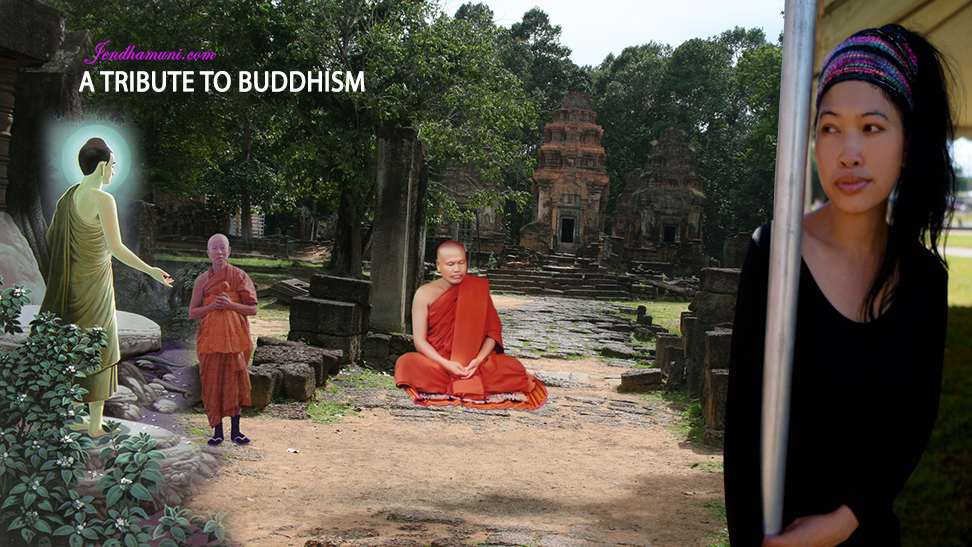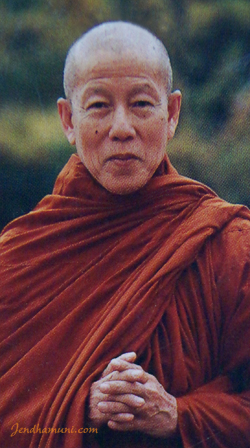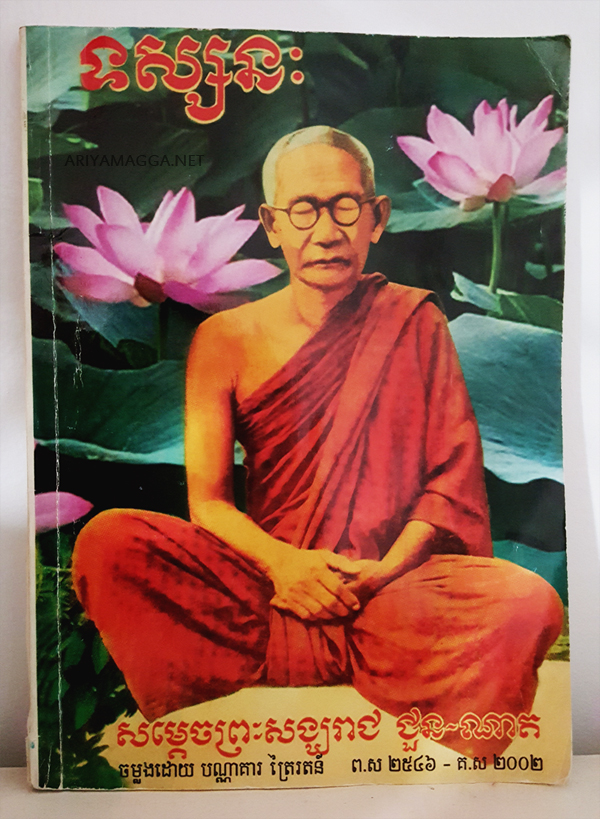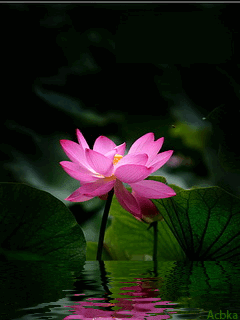-
Comment March 17, 2015
-
To exercise our diversity
Comment March 17, 2015 -
Express yourself
Comment March 17, 2015 -
They enrich the soul
Comment March 17, 2015 -
Pussy willows — call catkins
Comment March 15, 2015Features: Pussy willows have both male and female sex trees. The
pussies — call catkins — typically bloom in early spring
(February-March), with the pussies turning into flowers by April.
Catkins on the male tree are different than those on the female tree,
and are typically better looking.Facts: The average height range for pussy willows is between 20 and 35 feet, with the tree having a total spread between one-quarter and one-third of its height. The tree will grow 4 to 6 feet each year, reaching maturity in about 5 years.
Considerations: While pussy willow trees do not take too much space to grow, their roots are invasive. They can ruin septic tanks and water lines. Heavy pruning is necessary to keep pussy willows strong, healthy and looking clean. Full sun is preferable when planting, although the trees can handle partial shade. Source: ehow

Pussy Willows. Photo credit: Randy Neufeldt -
Short trips from flower to flower
Comment March 15, 2015Honey bees can fly at speeds of up to 15 miles per hour. That might seem fast, but in the bug world, it’s actually rather slow. Honey bees are built for short trips from flower to flower, not for long distance travel. Their tiny wings must flap about 12,000 times per minute just to keep their pollen-laden bodies aloft for the flight home. By Debbie Hadley, Insects Expert

Photo credit: Randy Neufeldt -
-
Very sleepy…
Comment March 15, 2015 -
Yummy
113 March 15, 2015Dogs have about 1,700 taste buds. Humans have approximately 9,000 and cats have around 473. Source: Psychology Today
Watch that plate! A Dog’s sense of smell is 10,000 – 100,000 times more acute as that of humans. Source: PBS+1326 This post has been reshared 230 times on Google+
-
Very sleepy… Don't stay up too late
19 March 15, 2015Dogs do dream! Dogs and humans have the same type of slow wave sleep (SWS) and rapid eye movement (REM) and during this REM stage dogs can dream. The twitching and paw movements that occur during their sleep are signs that your pet is dreaming.
Source: Healthy Pet
http://leelavadeeflower.blogspot.com/2015/03/very-sleepy.html
+68 This post has been reshared 2 times on Google+
















